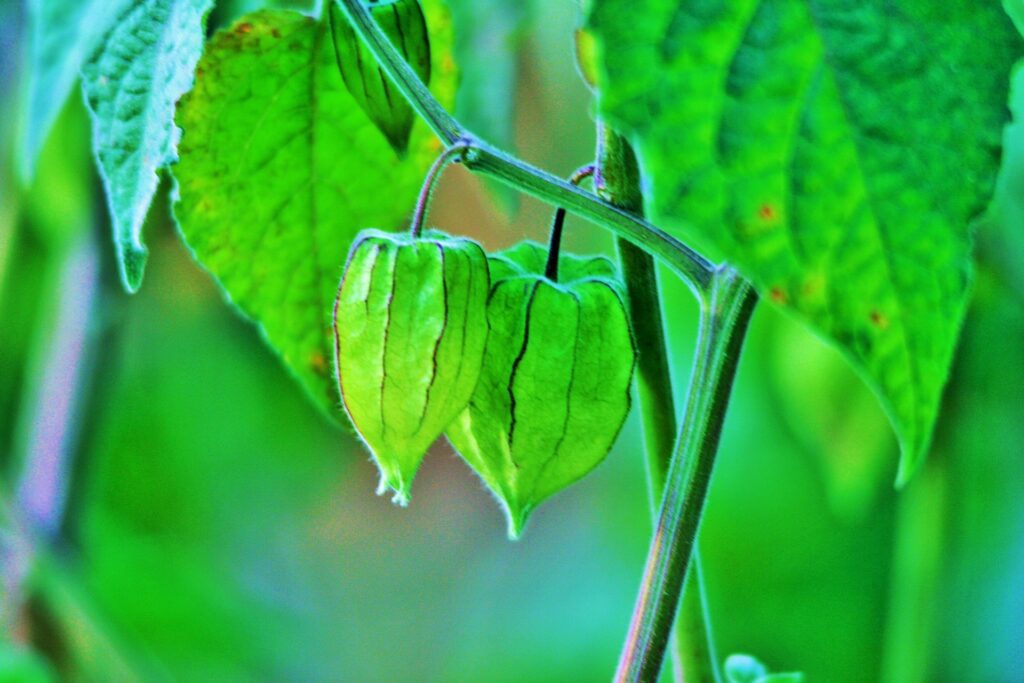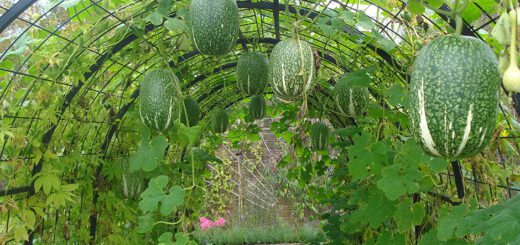Cape Gooseberry
 The cape gooseberry is a soft-wooded, perennial, somewhat vining plant that can reach up to 1 metre in height. Under good conditions it can reach 2 metres, but will need support. The purplish, spreading branches are ribbed and covered with fine hairs.
The cape gooseberry is a soft-wooded, perennial, somewhat vining plant that can reach up to 1 metre in height. Under good conditions it can reach 2 metres, but will need support. The purplish, spreading branches are ribbed and covered with fine hairs.
They are quick growing and are fast to produce a herbaceous shrub. They are popular in South Africa, hence the name!
Soil preparation is important – just enrich the soil with compost, pelletised manure, rock minerals and pea straw mulch. Plant it straight into a garden bed. It’s an upright growing plant so the berries can be picked off the bush, so there’s no contact with grey water. Give them a deep watering and then within five or six months there will be gooseberries for fruit salads and jams. Easy!
The cape gooseberry’s bright orange berry is enclosed in a pale brown parchment-like case, called the Cape. The berry is the size of a cherry tomato, is very aromatic and full of tiny seeds. They are delicious eaten fresh or can be made into jam. They can be added to salads, desserts and cooked dishes, they are delicious stewed with other fruit, especially apples. They also go well in savoury dishes with meat or seafood. Can be preserved dried.
Cape gooseberries have more antioxidants than goji berries, broccoli, apples or pomegranates, and contain twice the vitamin C of lemons. Thus they have wonderful antioxidants that help to stave off cardiovascular disease, strokes, and cancer.

References: Gardening Australia, Gardenate, Daley’s Fruit



